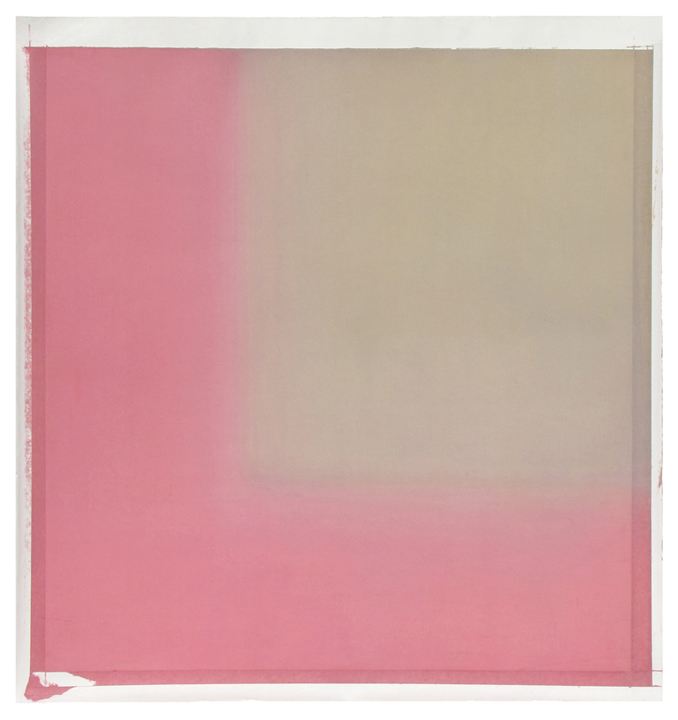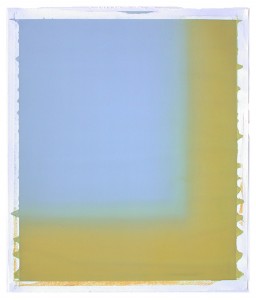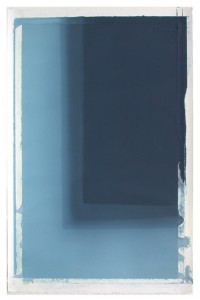This is the fourth in a series of interviews with each of the Sondheim Award Semifinalists. Finalists will be announced in mid-April, and will be on exhibit at the Walters Art Museum June 21 to August 17; those not selected as finalists with be exhibited at the Decker, Meyerhoff and Pinkard Galleries at MICA July 17 to August 3, 2014.
Name: Diane Szczepaniak
Age: 57
Website: www.dianeszczepaniak.com
Current Location: Potomac, Maryland
Hometown: Detroit, Michigan
School: BA, Economics, University of Michigan, Ann Arbor, MI
Studio 70, Sculpture Studio of Michael Skop, (assistant to Ivan Mestrovic)
BFA, Sculpture & Drawing, Northern Kentucky University, Highland Heights, KY
Welding Certification, Northern Kentucky Vocational-Technical School, Covington, KY
MA, Art Education, University of Cincinnati, Cincinnati, Ohio
Current favorite artists or artwork: Aristide Maillol, Paul Klee, Isamu Noguchi, Martin Puryear, Deborah Ehrlich, Julie Hedrick, Martin Creed
What is your day job? How do you manage balancing work with studio time with your life? I am a substitute teacher for MCPS. I can easily work five days a week, but also have flexibility to arrange my schedule to fit my financial needs and art-related commitments and endeavors. I often substitute for art classes. In addition to the fresh ideas my daily interactions with young people inspire, I’m finding the challenge of communicating quickly and effectively the goals and processes of artists to be helpful in approaching my own new projects.
For example, recently I talked to very receptive elementary school students about space and its usefulness for movement, breathing and holding light and also when designing patterns. I so appreciated their attentiveness, but more important was that the artwork they did next was to my eye both spatial and bold. It appeared to me that space became meaningful to them and the meaning translated into drawings with a lot of dimension. Observing young minds at work adds to my understanding of how we learn and see. I also teach drawing and color workshops about space and the senses. These workshops have attracted a wide range of adults involved in a variety of disciplines, including a fair number of neuroscientists.
How would you describe your work, and your studio practice? I am an abstract painter whose training in drawing and sculpting the figure has led me to create work driven by the dynamics of form. One could almost say that the subject matter of my artwork is form itself, an attempt to capture the essence of an object as I see it in space. I play with light, contrast, scale and how movement and color fill space. Rather than try to reproduce a thing, I work to make visible that which the thing expresses, the natural energy within it that manifests itself in space.
The paintings being shown to the Sondheim Prize committee for this year are watercolors. The paintings are compositions where form emerges from layers of color. I paint with a wide brush and a lot of water. The colors of paint are mixed and then applied one on top of another, red on top of blue, blue on top of red, sometimes yellow over everything. I turn the painting to allow the colors to run and to work from all vantage points. I see relationships among elements of color, space and objects that surround me and fill my thoughts. I translate my sensory experiences into color and space. I use my senses to look through color to content and find links between idea and form.
I work on multiple paintings at once. I paint with watercolor paint on paper and on absorbent ground canvas and also with oil paint and oil/wax sticks on canvas and board. My sculptures range from cast figures to constructed boxes with metal to presently playing with layering colored sheets of glass.
The studio I paint in is a room in my house. I also use the basement, garage, and sometimes the living and dining room to work on sculpture projects or to frame. I like having my studio in my home because I work all odd hours. I work most days or nights of the week. I try to think about my art all the time. I also design frames out of steel and aluminum for my paintings. Formerly I welded them myself, but now I hire someone to weld for me.
What part of art making do you like or enjoy the most? The least? I enjoy working toward ideas that have to do with creating space, and/or changing the feeling of a space. I like doing things with my hands, this includes painting, sculpture, welding and sewing my own clothes.
I like walking through open doors so probably the thing I like the least is approaching galleries. I have not had good luck with cold calls. All the galleries that sell my work approached me first.
What research do you do for your art practice? I began my art career in the late 1970s with sculpture, and how objects fill space and be space continues as a predominant theme in my work. Early on, I noticed changes in the way my mind and body feels after spending time looking at space. To heighten this sense experience, I felt I needed to achieve a level of focus that was new to me. My goal became to eliminate the clutter, what people often refer to as “noise,” in my consciousness. To explore my theme, I try to let go of all preconceived ideas and socialization when having a new sense experience. I practice witnessing my thoughts when I see, taste, smell, hear, or feel something for the first time and then work to recreate this first-time sense experience in the studio. It is a practice akin to meditation. I find it is a nice place to be. It is freeing. So I enjoy the work it takes to get there.
Incorporating mindfulness into the creative process is a goal shared by many. Part of my research is to discover and study the writers, musicians, and artists that succeed in inspiring the kind of sense experience I’ve described. Another source of this experience is the natural world. So I garden–an activity that parallels sculpture–and observe how trees grow and flowers bloom. Walking in forests and observing insects and wildlife always feels like time well spent to awaken the senses and clear any mental debris. As I read, listen, and watch, I try to put myself in the writer’s, musician’s or flower’s space to experience their way of being.
For ten years, 14 years ago, I sold my paintings at street art fairs in the Midwest and on the East coast. I was often able to anonymously watch and see how folks reacted to my work. I could see the amount of time they spent looking and hear comments they made to their friends and I noticed that many had a physical reaction to the work. It was then that I realized that the feeling I had while making the art could be transferred to the viewer.
What books have you read lately you would recommend? Movies? Television? Music? Most recently, I have been listening to music by Pink Floyd, Chopin’s Nocturnes and Chick Corea, the words, rhythm, drums chords and the tempo have a way that lulls me into a wonderful state of contentment. I listen to music to preoccupy me enough to drive out conscious thought.
Books that have helped me reach my goal are…
- Open Focus Brain, by Les Fehmi, PhD, and Jim Robbins
- The Poetics of Space Gaston Bachelard
- Hidden Dimension by Edward T. Hall
- The Seven Taoist Masters, A folktale of China translated by Eva Wong
- Color, A Natural History of the Palette by Victoria Findlay
- Poetry written by Wallace Stevens, George Trakl, Freidrich Holderlin, Basho, Wislawa
- Szymborska
Do you ever get in creative dry spells, and if so, how do you get out of them? I think of any state of mind as part of the process; dry spells force me to try something new. Of course, my productivity varies and if I find that I just can’t work or the work I am doing is empty, I put it aside. Sometimes, I just need to go for a walk in the woods. Of course, there are “non-creative” art related things to do. At my worst, I throw the I Ching and I usually get something positive to think about.
How do you challenge yourself in your work? When I was starting out, the challenge was to not give up entirely on art as a professional pursuit. Now I know I will work at it as long as I am able. Watercolor painting can challenge me because it has a memory of the water and paint that came before, and the paper is not forgiving. And as the paper gets larger the problems get more challenging too. I try to use problems to my advantage. I never, or almost never give up. I have done paintings that have more layers than is rational but I work until each sheet of paper holds a painting that passes my test. A few paintings happen quickly, most take a while. Years back, I had one series I called Struggle I, II and III. I knew I had to get through them, that I would learn something from them, though I couldn’t tell you in words what that was and after I finally finished them, something changed in me. I answered some questions for myself but those answers lie in something difficult to define or explain.
Another challenge has been working to change my medium to canvas so as to eliminate expensive framing. It has not been easy for me. I have finished a few small canvases that I think are successful. I know that if I had more space to have different workstations I would switch between different media more often.
What is your dream project? To create a room where the paintings, each one setting off the next one, hung 360 degrees around the room. I would also like to experience other cultures and make rooms based on my experience of each culture, land, and people.



